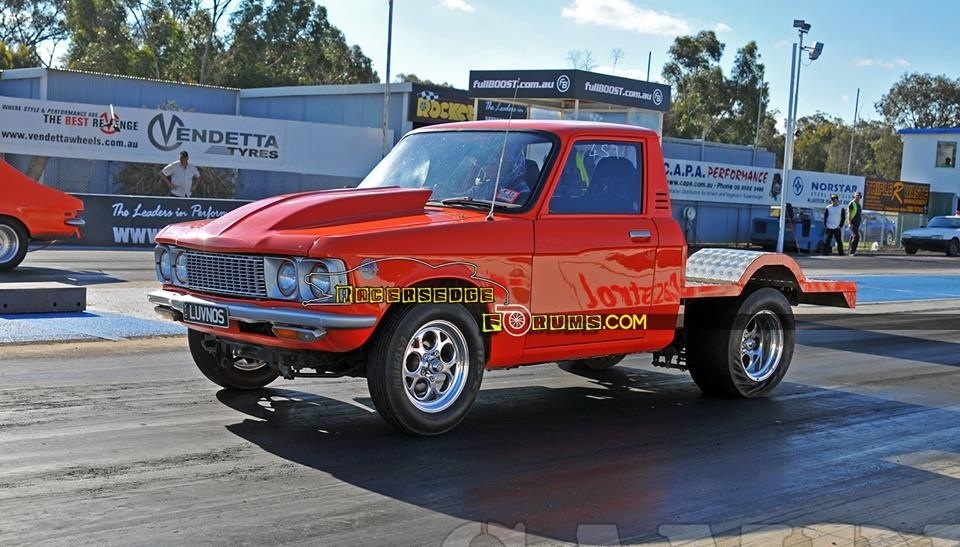

Pretty soon, the S-Series, Isuzu, and Chevy formed an awkward LUV triangle. So even as Chevy dealers were welcoming the aforementioned second-generation Chevy LUV onto their lots, they were simultaneously awaiting the heralded arrival of GM’s new domestic compact truck. So yes, mini truck buyers in the United States could now choose between a Chevy-branded LUV or its twin, the Isuzu P’up.ĭespite the LUV truck’s continued evolution, General Motors had quietly begun designing its own in-house compact truck: the soon-to-be-christened S-Series. The new diesel engine gave the LUV an incredible 44 mpg highway rating.īut here’s where it starts to get really interesting: When the second-generation LUV pickup came over in 1981, so did its original Isuzu-badged doppelganger-only instead of being called the Isuzu Faster, the truck’s name changed to simply Isuzu “P’up.” A new Isuzu-sourced 2.2L four-cylinder diesel engine appeared on the options sheet too. The next generation LUV carried over the optional 4×4 drivetrain. The second generation Chevy LUV wore more contemporary styling. Still sold as a LUV-badged captive import by Chevrolet, the new generation brought a modern look and some more refinement to the mini truck segment. Can’t Get Enough of Chevy’s LUVĪs LUV endured through the 1970s, Chevy decided to bring over the second generation Isuzu Faster when it debuted in 1981. In 1979 a 4×4 drivetrain option was available, and then in 1981 the LUV spawned its second generation. Minor cosmetic changes continued through the decade and in 1978, you could opt for a regular bed or long bed version. In 1976, Chevy added an automatic transmission to the options sheet and gave the LUV front disc brakes. In 1974 a more upscale trim dubbed the “Mikado” was added to the admittedly austere mini truck and included a flashier interior. (Image/ Flickr – CC BY-NC-SA 2.0)Īfter its inaugural year, the Chevy LUV endured mostly unchanged for 1973. But the bigger news was the engine’s fuel economy-north of 30 mpg highway, which was a serious benefit as the 1970s gas shortage dawned. (Image/OnAllCylinders – Jason Liss) The Power of LUVįor 1972, the Chevy LUV was powered by a 1.8L SOHC four banger good for 75 horsepower, which was enough giddayup to give the LUV around a 1,200 pound payload capacity. The LUV wasn’t alone-this tactic of re-badging imported vehicles as domestics is a common practice in the automotive industry, and these cars and trucks are often referred to as “Captive Imports.” What’s even more fascinating is that sometimes the import and its re-badged domestic twin are sold alongside each other, as was the case of the Dodge Ram 50 and Mitsubishi Mighty Max during the 1980s. The Faster was just the mate Chevy was searching for-but if it was going to elope to America, GM’s marketing folks felt the truck needed a new name.Ĭhevy selected the acronym LUV, which stood for “Light Utility Vehicle.” Freshly adorned with Bowtie badging, the LUV arrived on North American shores as a 1972 model and technically became the first Isuzu-built vehicle sold in the U.S. And better still, since it was based on a existing Isuzu sedan, the new body-on-frame truck was ready for production. Called the Isuzu Faster, it was significantly smaller than the trucks in the current Bowtie lineup. Given that GM had just bought a 34 percent stake in Isuzu in 1972, the Japanese automaker answered the phone and told Chevy about a new light truck it was developing. This particular LUV rolled into a truck show held at a Summit Racing Retail Store. It doesn’t take much to make a LUV really stand out- a new set of wheels and some custom paint are all you need.

Seeing an opportunity but lacking a product, the Big Three looked to Japan to quickly address a growing demand for small, economical trucks.įord hooked up with Mazda to rebadge its B-series trucks into the Ford Courier lineup and Dodge would eventually settle down with Mitsubishi for the Mighty Max/Ram 50 twins.Ĭhevy called Isuzu hoping for a little compact truck love. While these rigs worked great in agriculture, construction, and utility roles, they were often overkill for small businesses, hobbyists, and urban delivery routes.

Generally speaking, the trucks coming from Detroit at the time were relatively large and rugged. * Lot Shots Find of the Week: Datsun 620 “Little Hustler” Pickup Truck (Image/ Chevrolet) Celica GT was Toyota’s Take on the 1960s Muscle Car * Check Out This 1972 Honda Z600-It’s a Former Autocross Champ While much has been written about Japanese economy cars grabbing a share of the North American auto market in the 1970s, it’s also important to acknowledge the impact imports had on domestic trucks.


 0 kommentar(er)
0 kommentar(er)
